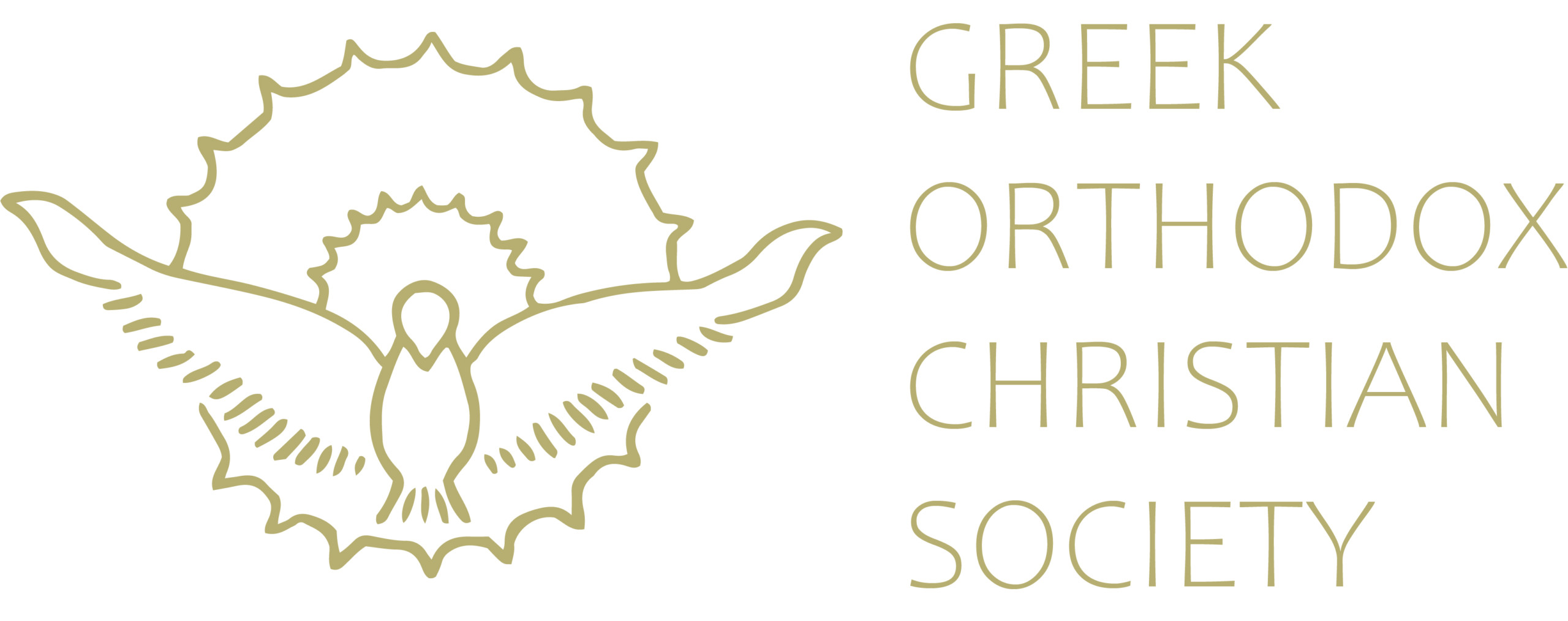Matins Hymn of the Resurrection
The Orthodox Icon of the Feast of Pascha depicts Christ descending into Hades and liberating Adam from the bonds of death, while many luminaries of the Old Testament look on. Who then witnessed Christ’s own Resurrection? We know that none of the four gospels describes the actual Resurrection Itself. So how can we sing and pray that we have seen the Resurrection of Christ? Has poetic license been liberally used in this Paschal hymn? St Symeon the New Theologian provides answers: “How then, does the Holy Spirit exhort us to say, “Having beheld the Resurrection of Christ,” which we have not seen, as though we had seen it, when Christ has risen once for all a thousand years ago and even then without anyone seeing it? Surely Divine Scripture does not wish us to lie? Far from it! Rather, it urges us to speak the truth, that the Resurrection of Christ takes place in each of us who believes, and that not once, but every hour, so to speak, when Christ the Master arises in us, in splendid raiment and flashing forth rays of incorruption and Divinity”. The Resurrection of Christ is a Mystery. It is unobservable and inaccessible to our created eyes. This is why it has never been depicted on a traditional Orthodox Icon (despite some attempts which have been strongly influenced by Western Church art). However, we can experience the Resurrection as members of Christ’s Body, His Church. We behold the Resurrection every time we commune of the Resurrected Body and Blood of Jesus at each Divine Liturgy. The Hymn as a whole is read at every Sunday Orthros (i.e. Matins) service before the worship of the Holy Gospel, the Word of God. It is also said by the clergy as they place the Holy Body and Blood of Christ in the Holy Chalice before the calling forth of the people to commune, “With fear of God etc.” According to Prof. P. Trembelas, it is a very ancient hymn which can be traced back to the Egyptian Church of the 5th/6th century.[2] [1] Syméon le Nouveau Théologien, Catéchèses, Vol. II, Discourse 13 “Concerning the Resurrection of Christ”, (Sources Chrétiennes, No. 104; Paris: Cerf, 1964), pp. 191-202. trans. Archbishop Basil Krivoshein. [2] P.Trembela, A Selection of Hellenic Orthodox Hymnography, Athens, 2nd Ed. 1978 p. 99 & p.179. — Source: April– May 2014 Lychnos Edition

